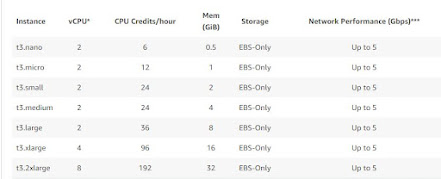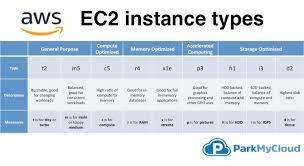Strategic Security of AWS
Strategic Security AWS is designed to help you build secure, high-performing, resilient, and efficient infrastructure for your applications. World-class security experts who monitor our infrastructure also build and maintain our broad selection of innovative security services, which can help you simplify meeting your own security and regulatory requirements. AWS security services and solutions are focused on delivering the following key strategic benefits critical to helping you implement your organization’s optimal security Prevent Define user permissions and identities, infrastructure protection and data protection measures for a smooth and planned AWS adoption strategy. Detect Gain visibility into your organization’s security posture with logging and monitoring services. Ingest this information into a scalable platform for event management, testing, and auditing. Respond Automated incident response and recovery to help shift the primary f

